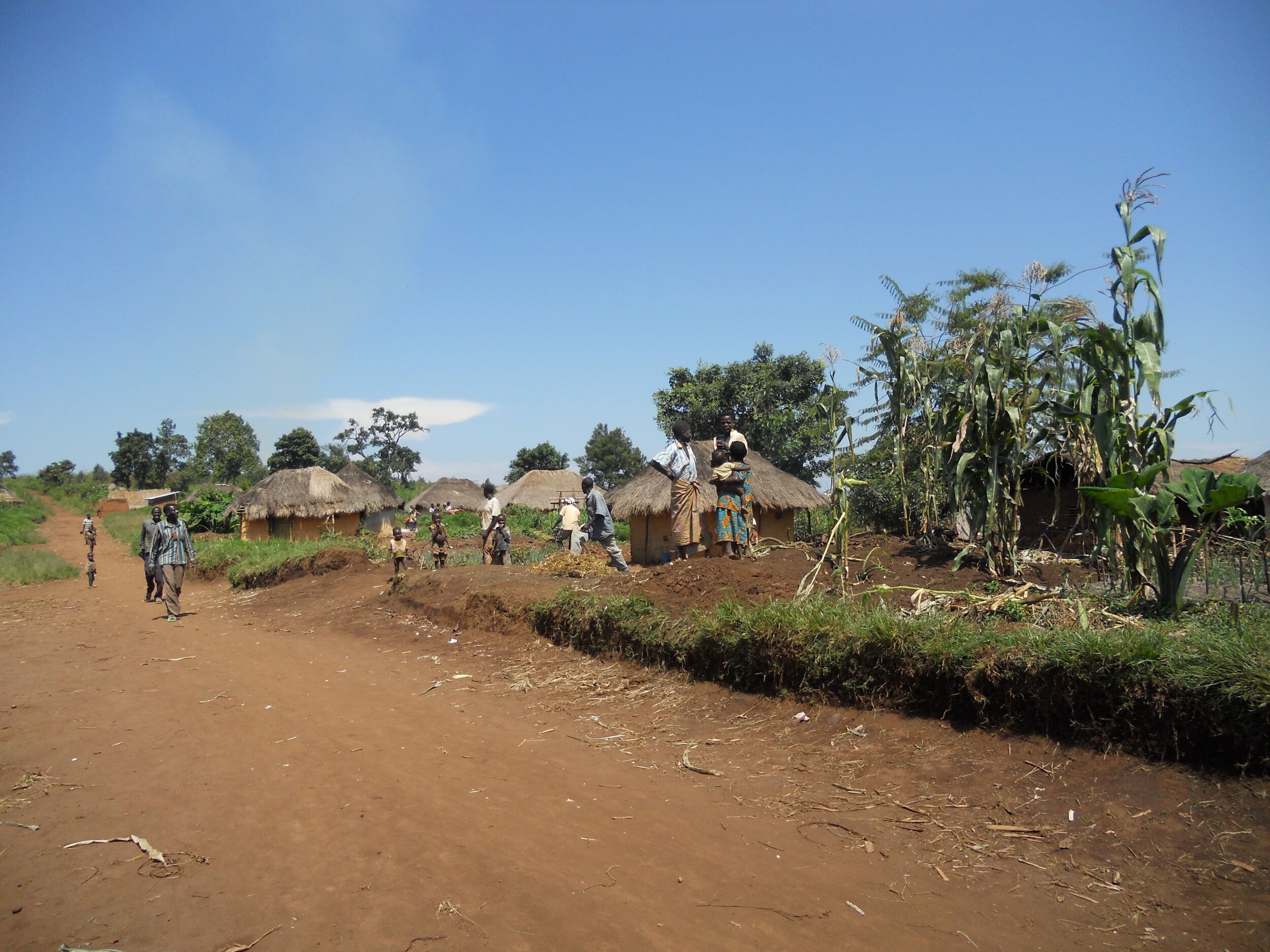
Moxidectin for accelerating onchocerciasis elimination
A paediatric dose-finding study, two phase 3b trials comparing efficacy and safety of single or annual and biannual moxidectin or ivermectin treatment and mathematical modelling of moxidectin and ivermectin based elimination strategies to support country policy decisions on the adoption of moxidectin-based treatment strategies for onchocerciasis control and elimination. This project is part of the EDCTP2 programme supported by the European Union. This program also aims at generating additional efficacy and safety data to expand the moxidectin label and support registration of moxidectin in onchocerciasis-endemic countries.
Onchocerciasis
Onchocerciasis (river blindness) is an infectious disease caused by a parasitic worm Onchocerca volvulus (filarial nematodes) transmitted through the bite of black flies. The black flies live and breed at fast flowing rivers. The adult parasites (macrofilariae) live in nodules in the body for up to 15 years and produce millions of microfilariae that live primarily in skin and eyes. They live for around 1 to 2 years and the body’s response to the dying microfilariae causes the symptoms of the disease: severe itching, dermatitis, depigmentation and thinning of the skin, swollen lymph glands and even impairied vision and blindness. More than 200 million people in sub-Saharan Africa are at risk of infection.
Goals for elimination of the disease
Current available treatment has not permitted elimination of the transmission of onchocerciasis. Moxidectin is a new promising treatment which could substantially reduce transmission of the parasite between annual treatments and thus decrease the number of years of treatments required to achieve parasite elimination.

